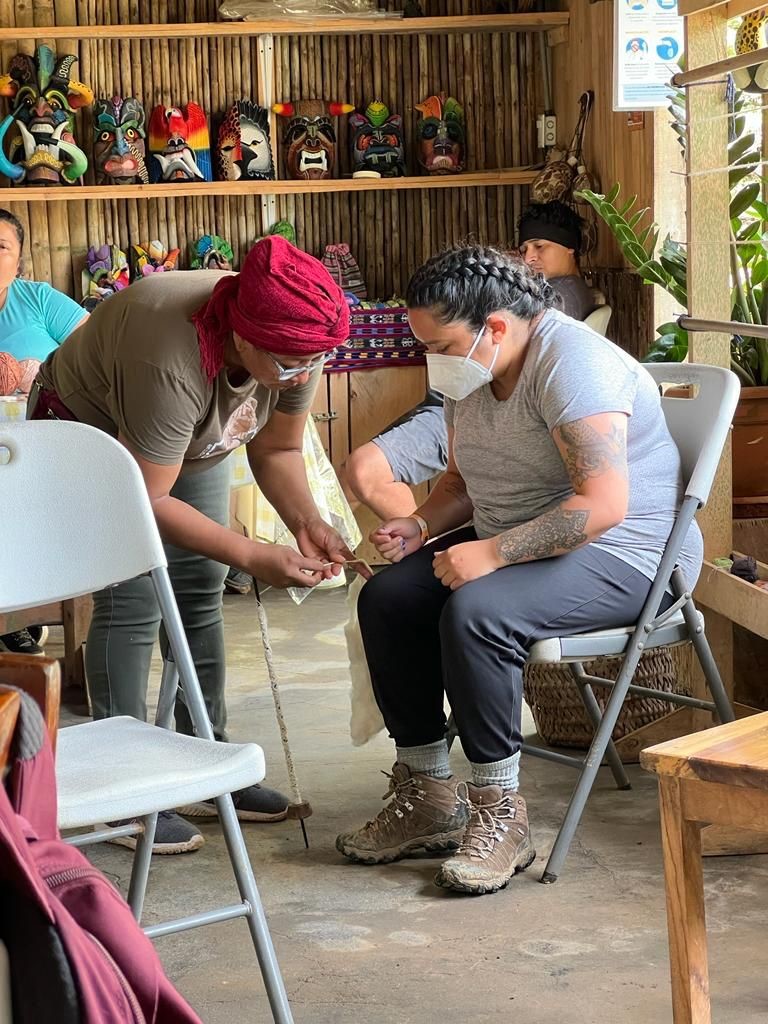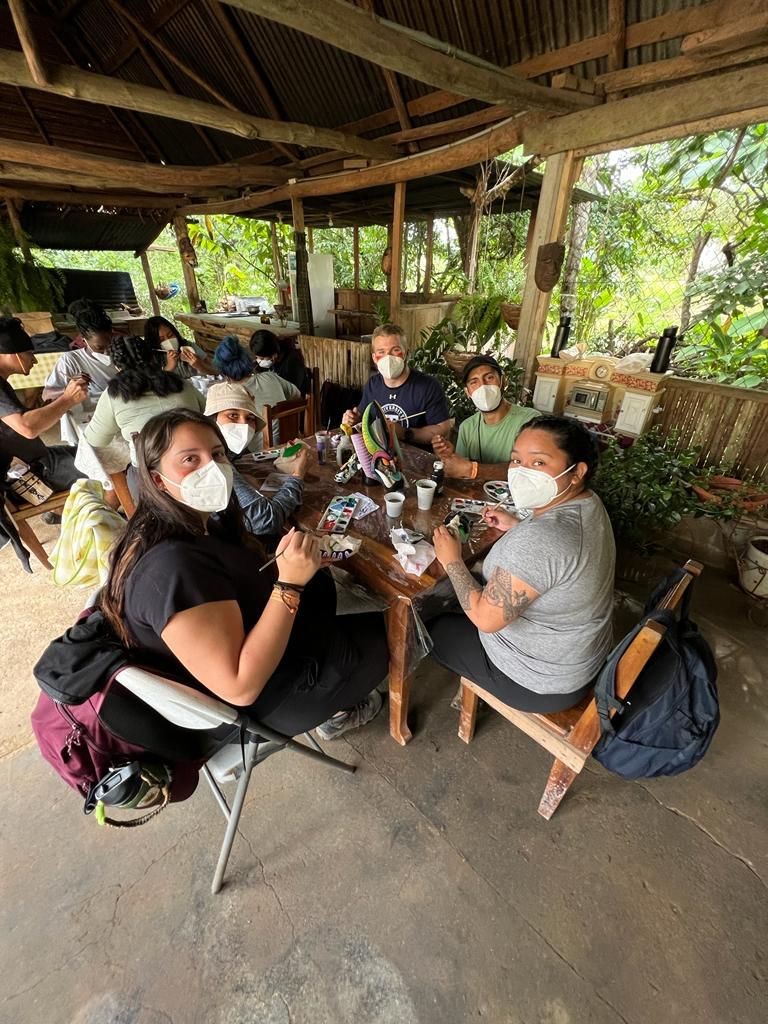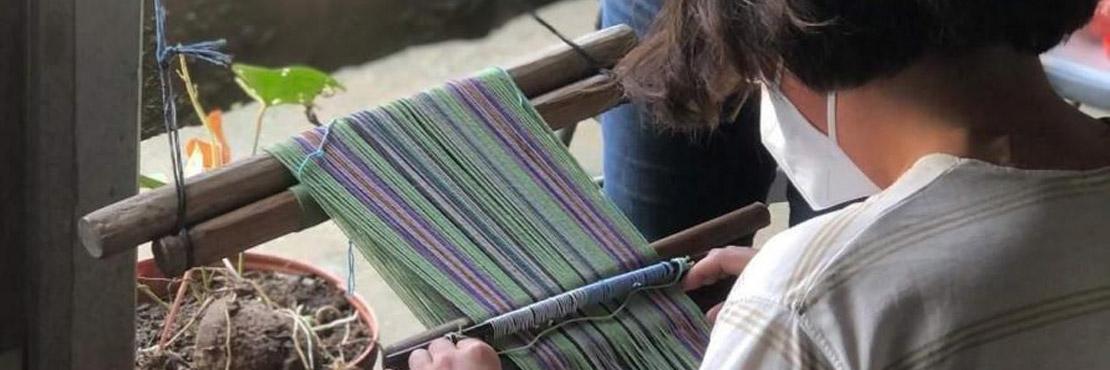By Simón Reyes
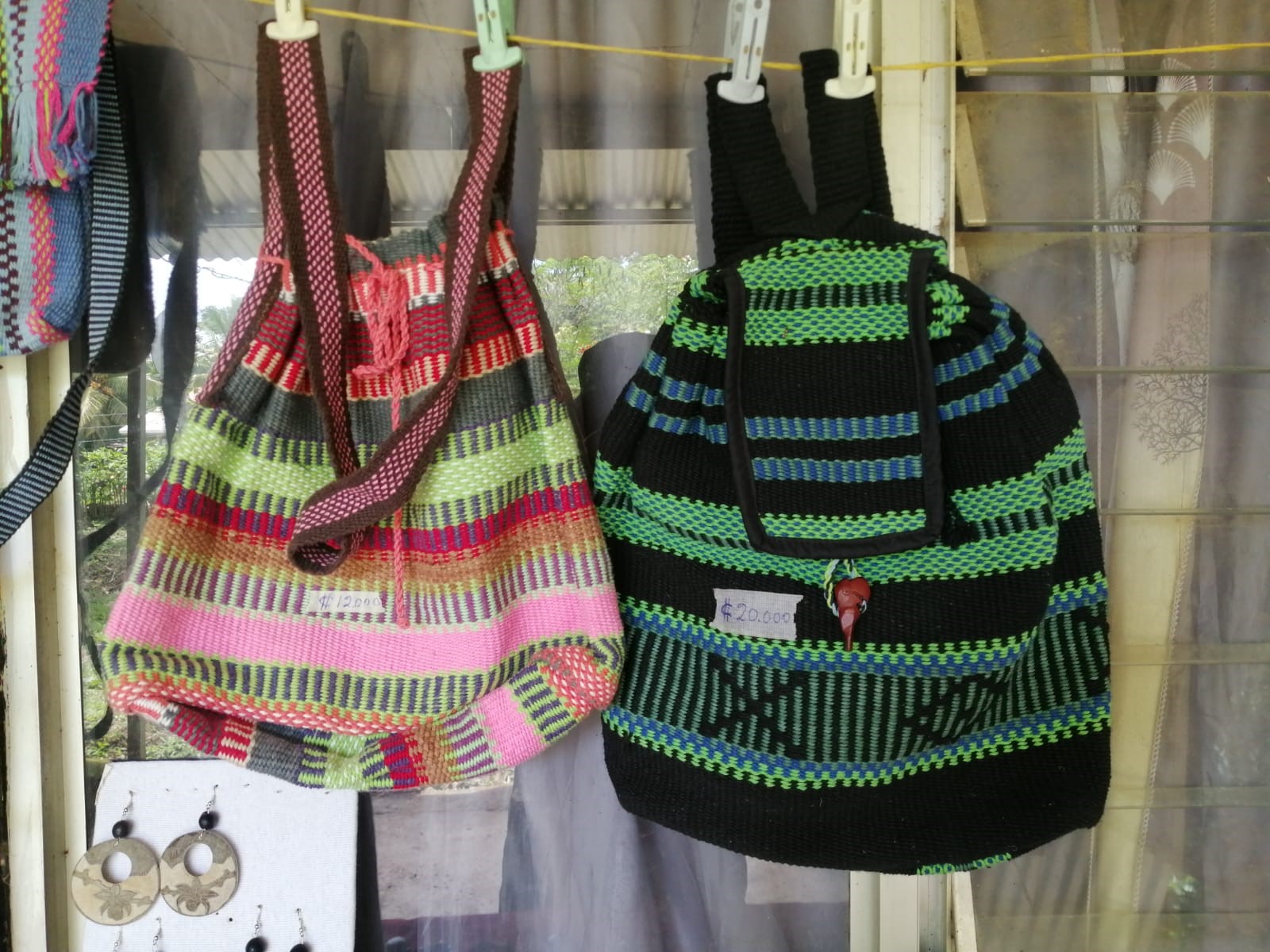
He also explained that this land, which is and has always been Boruca territory, when owned by white Costa Ricans became "tired out" due to the monocropping techniques they used. By only growing one kind of crop, Don Teodoro says that non-Indigenous land owners have damaged the health of the soil and they are now in the process of recuperating that land and healing it to a healthier state. Don Teodoro says that a good way of combating this issue is by making clear the historic presence of Boruca people in that region of Costa Rica through tourism and education. In this way, more people learn about the history of Boruca people and how they have been impacted by ongoing colonialism on their land.
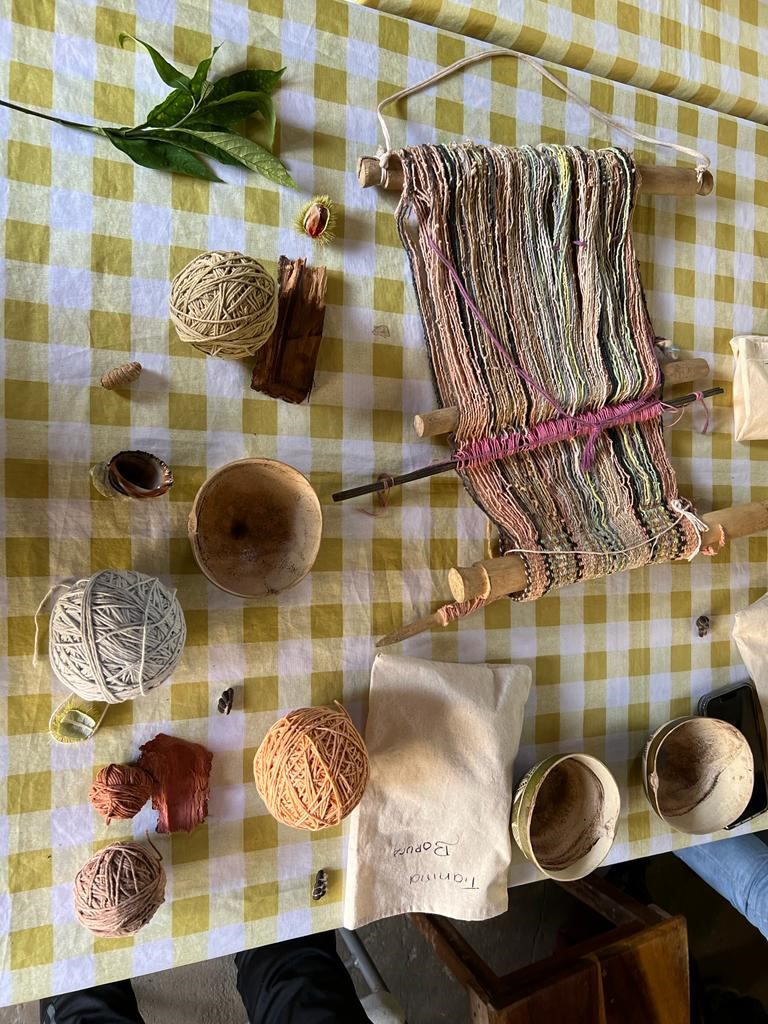
Don Teodoro also taught us about how traditional harvesting techniques are related to land back efforts. Boruca people have an oral history of having a connection to the ocean and harvesting food, medicines, and dyes from the sea. In the southern Pacific coast of Costa Rica, there is a seashell that Boruca people use to make dyes for their traditional textile work. After Spanish and Costa Rican colonialism, Boruca people were slowly barred from their access to the ocean and weren't allowed to harvest the liquid inside the shells to use as dye.
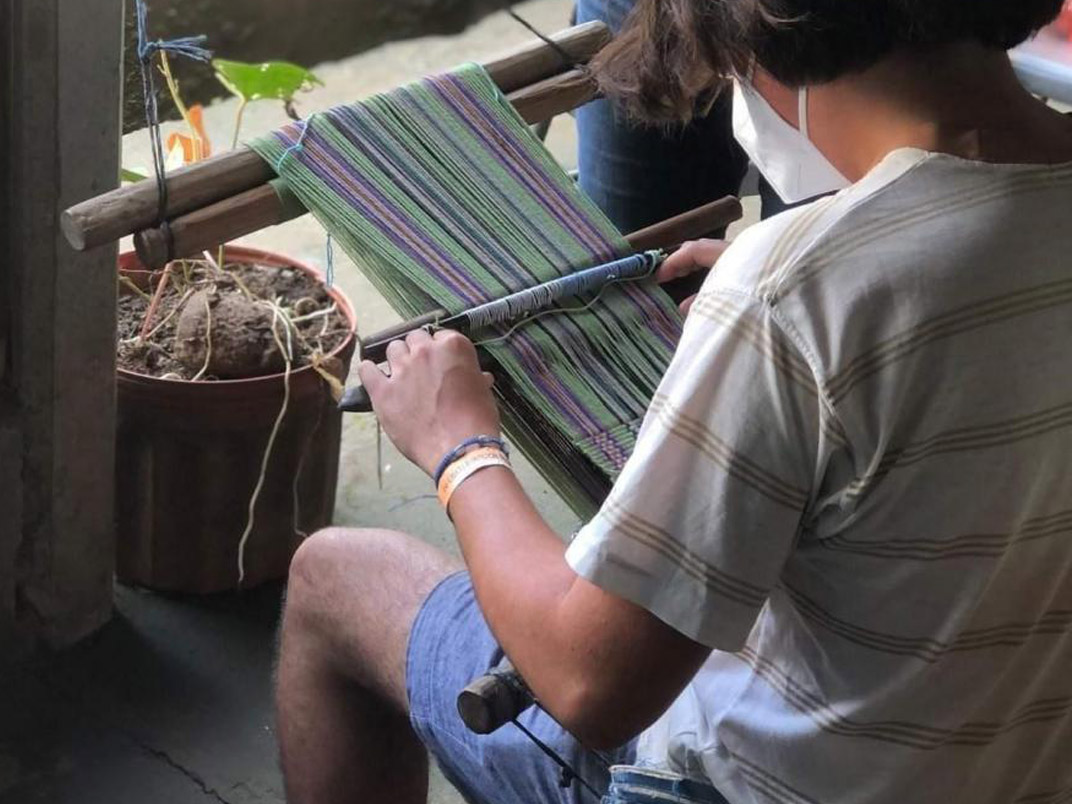
Later on, after eating an amazing lunch, we had a workshop with Esteban where we each were given a traditional diablito (little devil) Boruca mask to paint. We learned about the meaning of the makes and their use in the festival de los diablitos. The festival is one that runs from December 30th into the new year and ends on January 2nd. The festival revolves around the story of how the Spanish, symbolized as a bull tried to conquer the Boruca people which are symbolized as diabilitos. On January 2nd after days of the festival, the Spanish are defeated by the diablitos. This is done to reflect on the history of how the Boruca were never really conquered by the Spanish. The masks are used to represent Boruca people and often feature animals and plants that are found in Boruca Territory. During our visit to the Proyecto Cagru, we were also taught how to take cotton and make thread, and how to weave the thread into traditional textile pieces.
In the afternoon, we travelled to a Boruca community called Térraba where we briefly visited a women's association called Asociación Manos de Tigres. This particular women's association came out of a need to include Indigenous Boruca women in a male dominated land back movement. Its founders found that because it was a majority of men who participated in land back movements and the recuperation of land, it was men who controlled and owned the land that they would get back. By creating an association of women, Manos de Tigres created a space for Boruca women to fight for their rights to land and assert that women have just as much right to ownership of the land as men do.
Inside the entrance of the association is a banner that reads, in Spanish "The Earth has the name of a woman and therefore it also belongs to us." This demonstrates the philosophy of the group in relation to making sure that women are included in the land back movement. Our day in Boruca territory was filled with valuable lessons about land back, decolonization, and many opportunities to learn about Boruca culture, art, and history.
